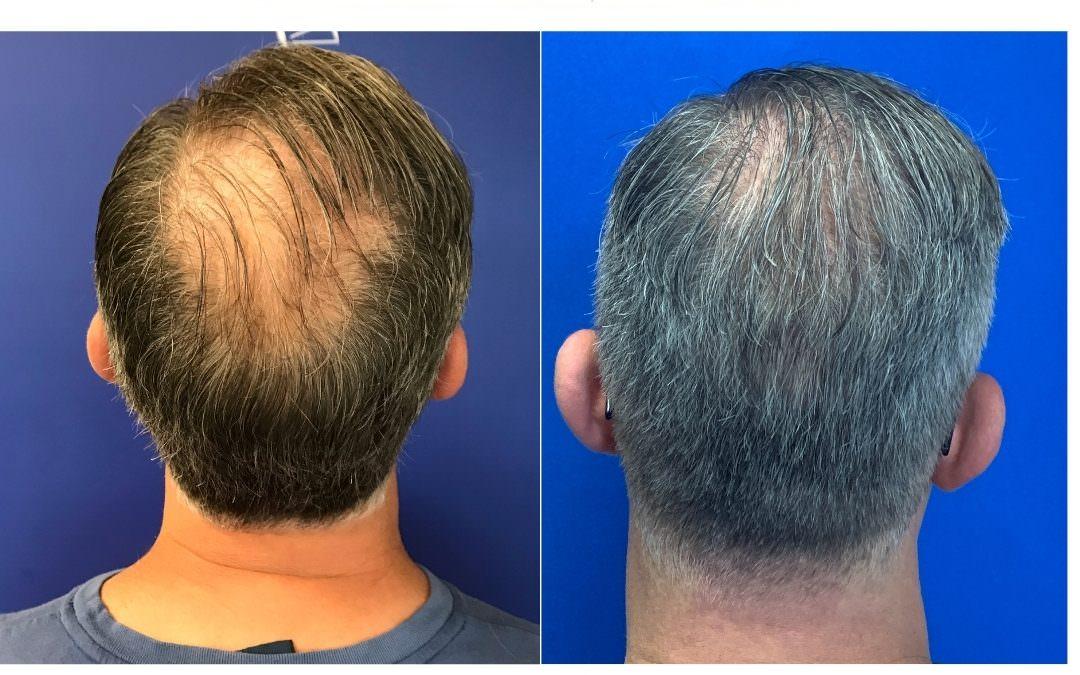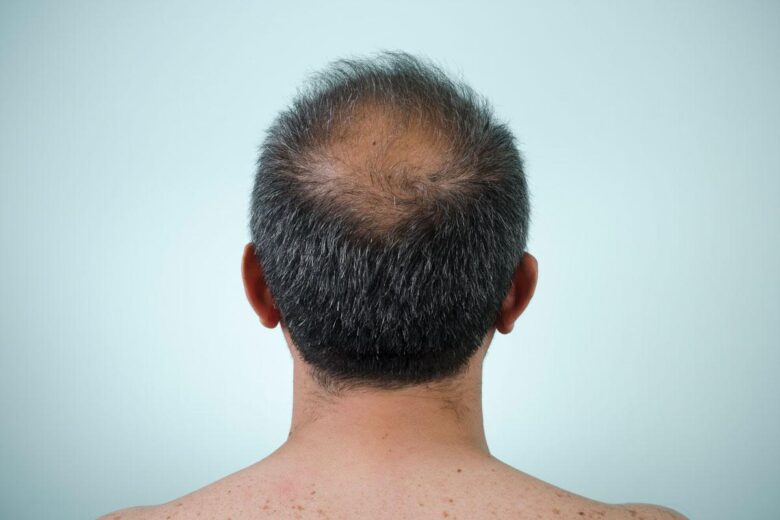
Men’s Hair Regrowth Treatments After 40
As men reach their 40s, hair loss often becomes a common concern. Whether due to genetics, hormonal changes, or lifestyle factors, thinning hair can impact confidence and self-esteem. Thankfully, there are numerous men’s hair regrowth treatments available that not only cater to these issues but also promote healthier hair growth. In this article, we will delve into various methods, their benefits, and practical tips to help men regain their mane.
Understanding Hair Loss in Men Over 40
Before exploring treatments, it’s essential to understand the underlying causes of hair loss in men over 40:
- Genetics: Male pattern baldness, or androgenetic alopecia, is the most common cause.
- Hormonal Changes: Changes in testosterone levels can lead to hair thinning.
- Lifestyle Factors: Stress, poor diet, and lack of exercise can exacerbate hair loss.
Men’s Hair Regrowth Treatments
1. Over-the-Counter Treatments
Many men have found success with over-the-counter treatments. The most popular options include:
- Minoxidil: A topical solution that promotes hair growth and slows down hair loss.
- Finasteride: An oral medication that blocks the hormone responsible for hair loss.
2. Natural Remedies
If you prefer holistic approaches, several natural remedies may help invigorate hair growth:
- Aloe Vera: Known for its soothing properties, it can nourish the scalp.
- Essential Oils: Oils like rosemary and peppermint have shown potential in stimulating hair follicles.
- Omega-3 Fatty Acids: Found in fish and flaxseeds, they promote healthy hair hydration.
3. Lifestyle Changes
Adopting healthier habits can significantly improve hair regrowth:
- Balanced Diet: Maintain a diet rich in vitamins and minerals to support hair growth.
- Regular Exercise: This boosts circulation, which can promote a healthy scalp.
- Stress Management: Techniques like yoga and meditation can reduce stress-related hair loss.
4. Professional Treatments
For those who seek more aggressive options, consider professional treatments:
- Hair Transplant Surgery: A surgical option where hair follicles are harvested and transplanted to balding areas.
- Platelet Rich Plasma (PRP) Therapy: Involves injecting your platelets into the scalp to stimulate hair growth.
- Laser Therapy: Low-level laser therapy can stimulate hair follicles and promote growth.
Comparative Table of Treatments
| Treatment Type | Mode of Action | Cost Estimate | Effectiveness |
|---|---|---|---|
| Minoxidil | Topical application | $10-$40/month | Moderate |
| Finasteride | Oral medication | $30-$80/month | High |
| Hair Transplant | Surgical transfer | $4,000-$15,000 | Very High |
| PRP Therapy | Injection of platelets | $1,500-$3,500/treatment | High |
Benefits of Hair Regrowth Treatments
Regaining hair can have significant benefits for men over 40:
- Confidence Booster: A full head of hair often leads to improved self-esteem.
- Youthful Appearance: Hair plays a vital role in one’s perceived age.
- Increased Options: More hairstyle options can enhance personal expression.
Personal Experiences and Case Studies
Many men have found success with various hair regrowth treatments. Consider the story of John, a 45-year-old who struggled with hair thinning:
“After trying topical treatments for a year with minimal results, I opted for PRP therapy. After three treatments, I noticed significant regrowth and a boost in my confidence.”
Another case is Tom, who switched to a healthier lifestyle:
“In my mid-40s, I began paying attention to my diet and exercise. I incorporated omega-3s and vitamins A and C, which led to noticeable improvements in both my hair and overall well-being.”
Conclusion
Hair loss can be distressing for men over 40, but with the right knowledge and treatment options, regrowth is entirely possible. From over-the-counter solutions to lifestyle changes and professional interventions, there is a solution tailored to everyone’s needs and preferences. By embracing these treatments, men can not only regain their hair but also their confidence.
Start your hair regrowth journey today by exploring different treatment options and consider incorporating healthier lifestyle habits. Your path to a fuller head of hair begins now!










